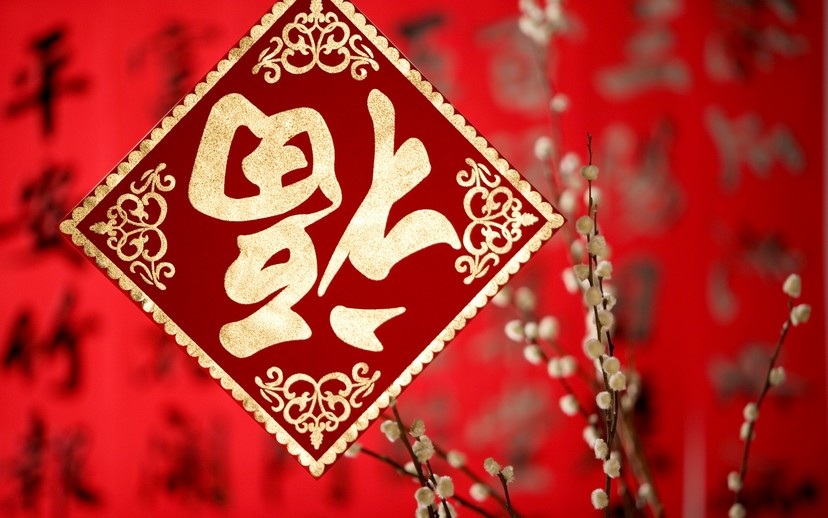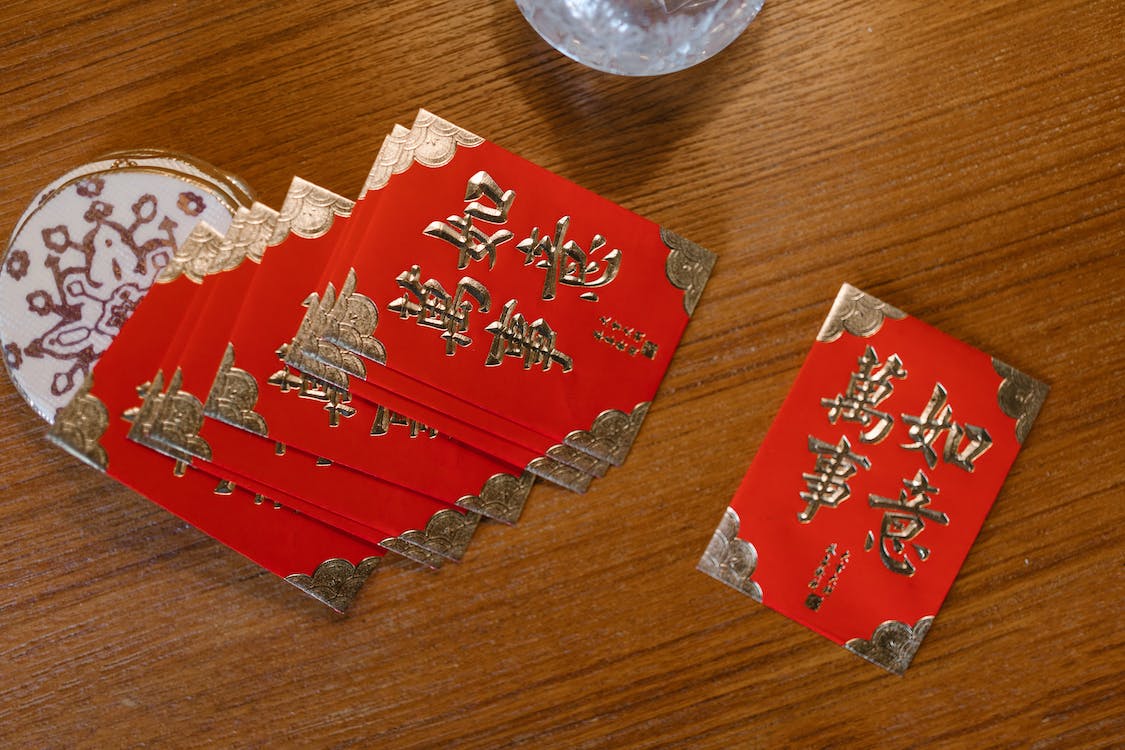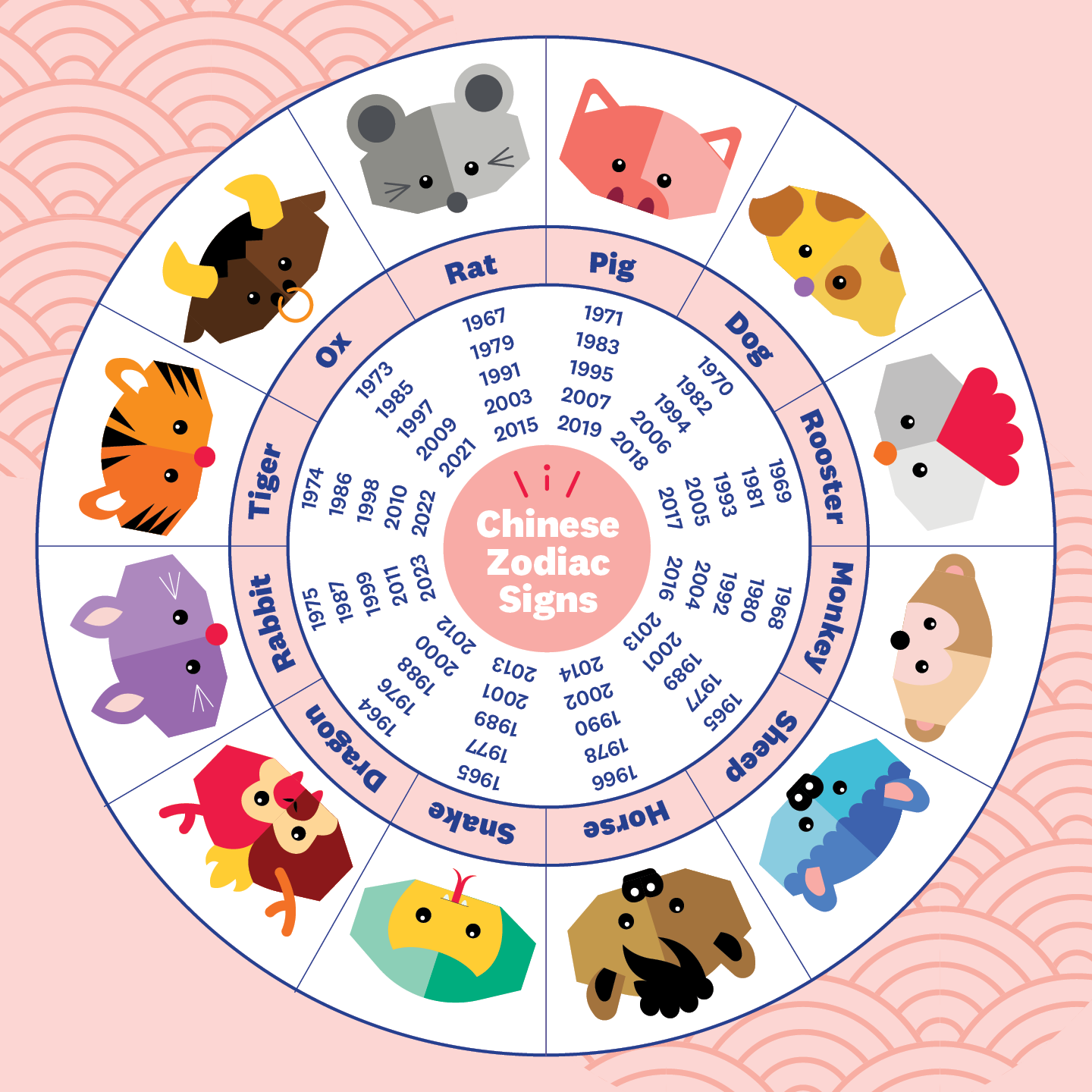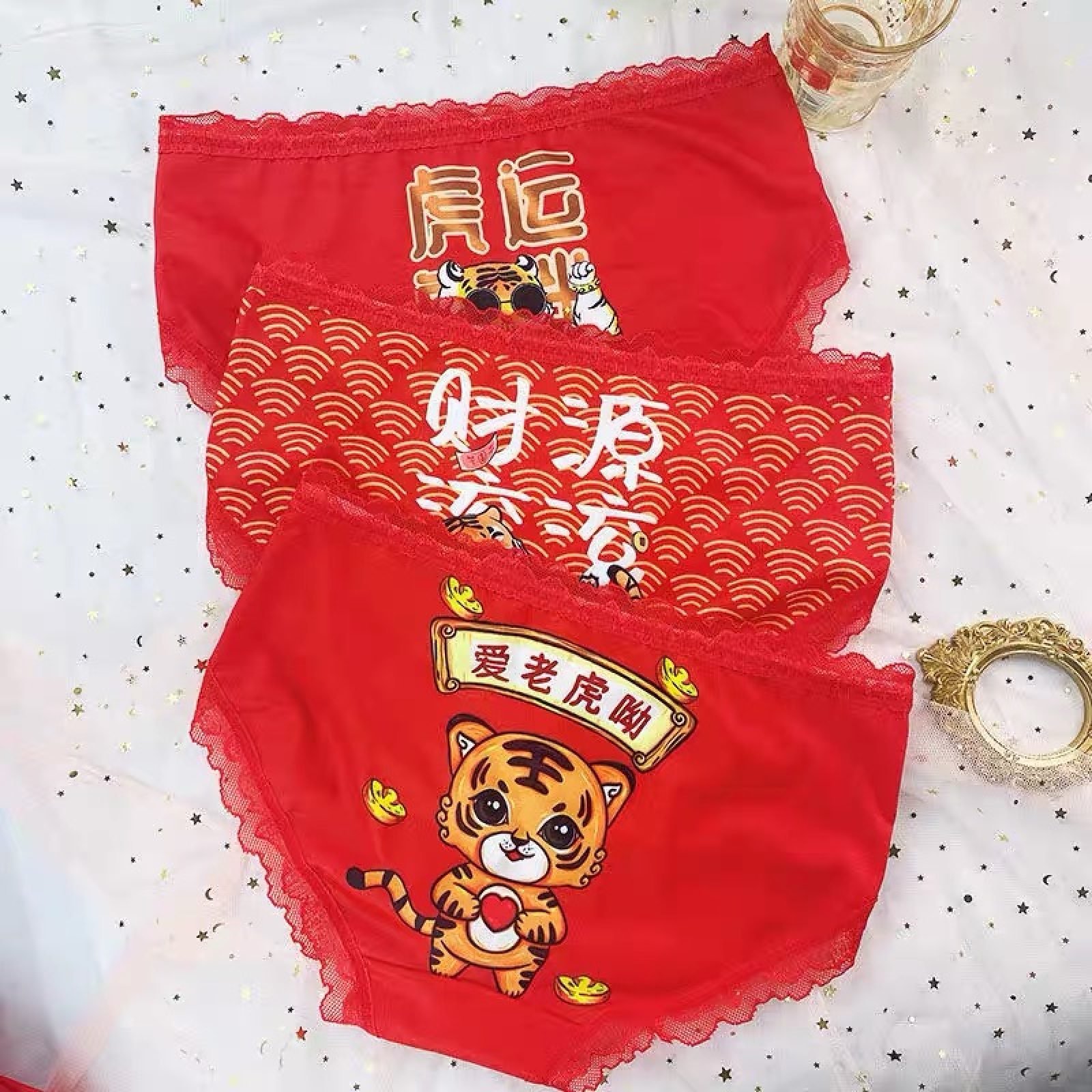6 Folklores & Legends That Shape How We Spend Our Chinese New Year
These legends still live on today.
1. The legend of 福 (fú)
The character itself means blessing, good fortune, and happiness. But have you ever wondered why the Chinese character 福 (fú) is stuck upside down during Chinese New Year celebrations?
Well, it was an honest mistake, according to legends.
The founder of the Ming dynasty, Emperor Zhu Yuanzhang, once ordered every household to decorate their homes by pasting the character 福 (fú) on their doors. Families were illiterate, and one family stuck it upside down without realising it.
On New Year's Day, the emperor sent troops to inspect whether the villagers had obeyed his mandate. Soldiers found the illiterate family's poster and reported it to the emperor. Furious, the emperor ordered the family to be executed.
But the emperor's kind and merciful wife, Empress Ma, came to the family's defence and told the emperor, "That family knew you were coming today, so they deliberately turned the label upside down. Doesn't this mean that blessings have arrived (福到, fúdào)?"
The Chinese characters for "arrive" (到, dào) and "upside down" (倒, dào) sound similar.
The emperor found the explanation sensible and decided to spare the family. Thus, a tragedy was averted. Since then, people began putting up decorations with the character 福 upside down, hoping to attract prosperity and to honour Empress Ma.
2. Nian: the beast that started Chinese New Year
We probably wouldn't have a lively, red Chinese New Year if it weren't for this terrifying mythical beast called Nian (年).
Nian had the body of a lion and the head of an ox, and the monster would terrorise villages on the eve of the New Year, devouring livestock and killing people. A god, disguised as a wise old man, visited the village and taught the people how to drive away Nian.
He told them that the monster was afraid of the colour red and loud noises. So, the villagers protected their homes by dressing up in red clothes, putting up red decorations on their doors, and setting off firecrackers to scare away Nian. This proved successful, and Nian never appeared again.
That's why we have sleepless nights on New Year's Eve, and also why we have the saying guò nián (过年). The character 过 can mean "cross" or "pass", while the monster's name and the word for "year" are written the same way in Mandarin. So, the saying means "to celebrate the New Year", but it also sounds like "overcoming Nian".
3. The origin of ang pows
Receiving ang pows is one of the best parts of the Chinese New Year celebrations (don't lie, it's literally free money). But its origin stems from an attempt to scare away an evil spirit.
It was said that this evil spirit, named Sui, was known to appear every Chinese New Year's Eve to pat the heads of sleeping children three times. The children would wake up the next morning with a terrible fever, or sometimes, they wouldn't wake up at all.
A worried couple prayed to their god to protect their newborn child. Hearing their prayers, the god sent eight fairies to help the family. To trick the demon, the fairies transformed themselves into eight coins, which were then wrapped in red paper and placed under the infant's pillow.
When Sui came, beams of golden light burst out from the red paper and scared Sui away.
From then on, parents started giving children money wrapped in red paper on Chinese New Year's Eve. Over time, ang pows ceased to become protectors from evil spirits and became a symbol of well wishes and blessings for children.
4. The Chinese zodiac cycle
Every Chinese New Year, stores sell decorative items featuring different zodiac animals for that year. But where do all these animals come from?
Legend has it that the Jade Emperor organised a race to determine the order of the Chinese zodiac. The rat, clever and resourceful, won by hitching a ride on the ox's back. And so, the rat and the ox hold the first and second place in the zodiac cycle, respectively.
Meanwhile, the pig came last. They are different variations as to why he finished last in the race. Some legends say it was because he was lazy and overslept, while others say he had stopped for a snack.
5. The red underwear tradition
Speaking of zodiac cycles, it is believed that you are more prone to catching the attention of malicious spirits during your zodiac animal year (Dragon babies, beware!).
Similar to the story of Nian, there's a way you can safeguard yourself. And that's by wearing as much red as possible, particularly your underwear.
It may sound like a foolish superstition, but according to a 2023 CNN article, Google searches for "red underwear Chinese New Year" typically rise in the weeks leading up to the holiday.
6. The story of the Lantern Festival
The Chinese Lantern Festival takes places on the fifteenth day of Chinese New Year, marking the end of the festive celebration. During the occasion, people light thousands of paper lanterns and release them into the night sky. However, the festival's origin isn't quite as beautiful as a sky full of lanterns.
Supposedly, the Jade Emperor's favourite crane was killed by some villagers, so he wanted to take revenge by burning down their village on the 15th day of the first lunar month. When his daughter heard about her father's plan, she felt sorry for the hapless villagers and secretly warned them about what was going to happen.
To save themselves, the villagers decided to trick the Jade Emperor into thinking their village was already on fire. They did this by hanging red lanterns, setting off firecrackers, and lighting fires throughout the village. From the heavens, it appeared as though the Earth was on fire, so the Jade Emperor didn't carry out his plan.
Afterwards, residents continued to light firecrackers and hang red lanterns every year to commemorate the event.






